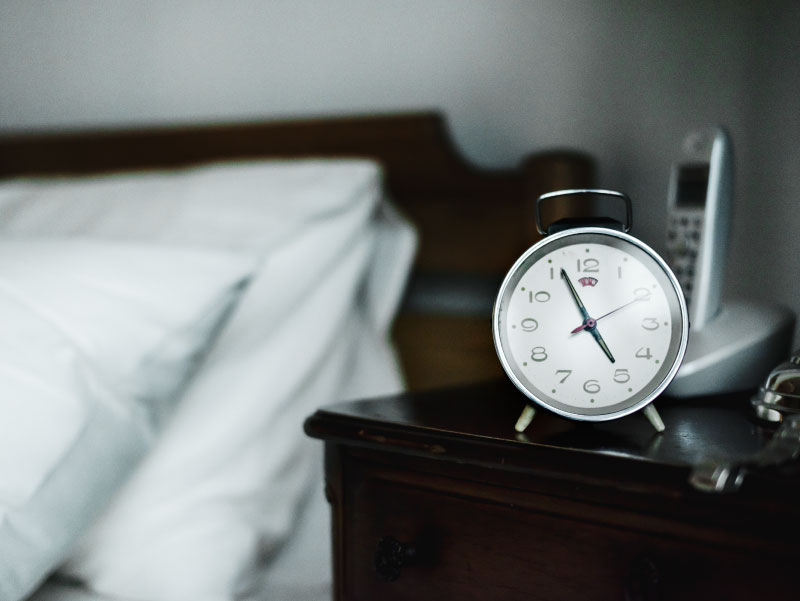In Sweden, researchers found an average 6.7 percent greater risk of heart attack in the three days after the spring change. Inspired by that finding, a group of U.S. researchers conducted their own study and determined that heart attack risk jumped 24 percent the Monday after switching over to daylight saving time. That risk then tapered off over the remainder of the week.
By contrast, risk for heart attack dropped 21 percent on the Tuesday after the fall time change.
By contrast, risk for heart attack dropped 21 percent on the Tuesday after the fall time change.
Daylight-saving time is a killer.
The annual ritual in which we "gain" an hour of evening light in the summertime by pushing the clocks forward one hour each spring may seem like a harmless shift.
But every year on the Monday after the switch, hospitals report a 24% spike in heart-attack visits around the US.
Just a coincidence? Probably not. Doctors see an opposite trend each fall: The day after we turn back the clocks, heart attack visits drop 21% as many people enjoy a little extra pillow time.
The annual ritual in which we "gain" an hour of evening light in the summertime by pushing the clocks forward one hour each spring may seem like a harmless shift.
But every year on the Monday after the switch, hospitals report a 24% spike in heart-attack visits around the US.
Just a coincidence? Probably not. Doctors see an opposite trend each fall: The day after we turn back the clocks, heart attack visits drop 21% as many people enjoy a little extra pillow time.





Comment